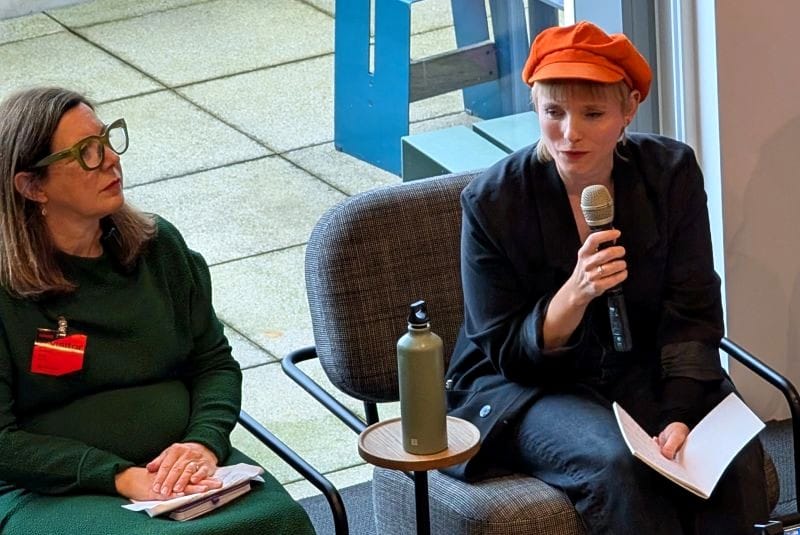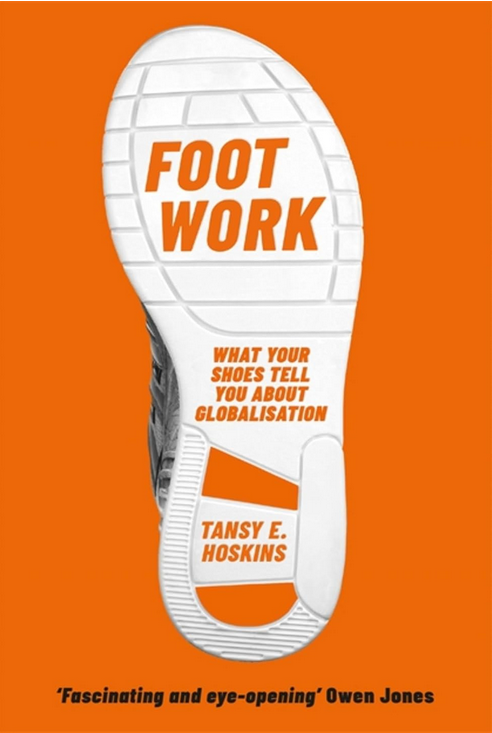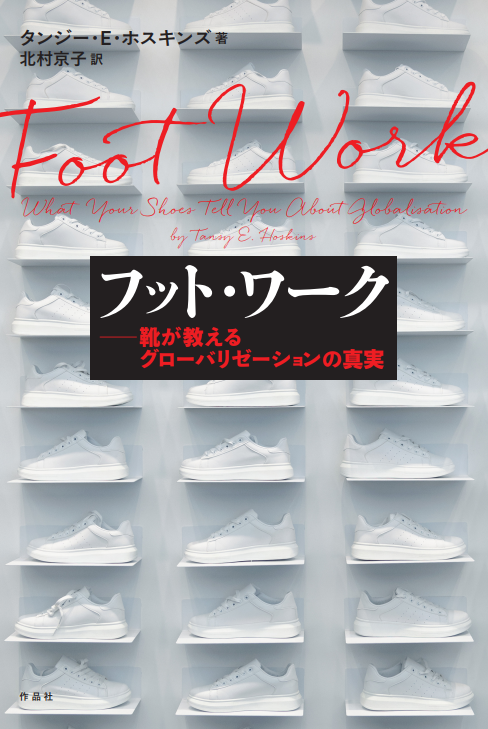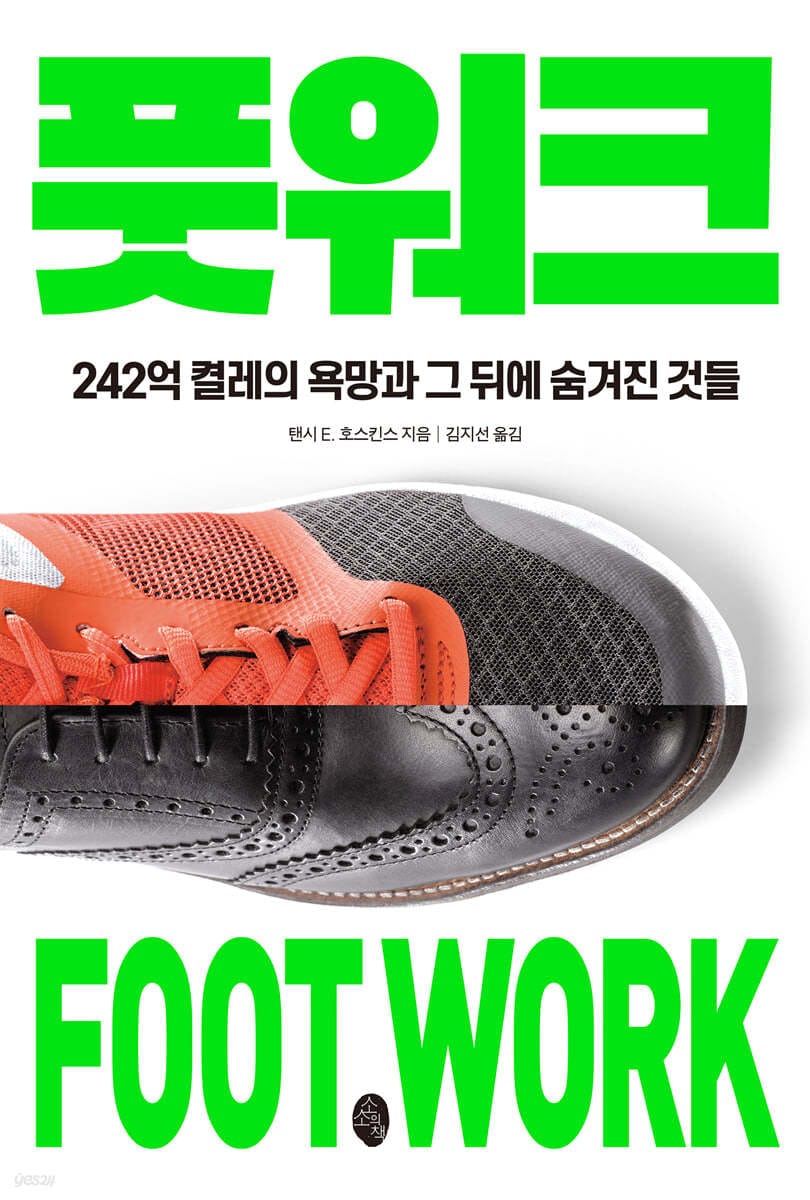What price on having a liveable planet?
It had to be said. My speech to the Global Footwear Future Coalition.

I think it's fair to say that I was very different to the other panellists at the Global Footwear Future Coalition's inaugural event yesterday. GFFC is an academic-founded 'new global network spanning footwear and related industries' which aims to 'find solutions in a pre-competitive space.' The keynote was delivered by the Executive Chairman of the Dune Group - for unfamiliar readers, Dune is a shoe retailer with a 2023 gross profit of £56.5 million.
I was given this question to answer, you can read or listen to my answer below:
Damage occurs throughout production and the supply chain to people, society, animals and the planet which Tansy tackles expertly in her book Foot Work. But how do we improve the situation and make these elements more equitable?
I got this question in advance and was told I have three minutes to answer it. I decided the answer to this question lies first in acknowledging the truth about just how bad things are.
Because without speaking clearly about the problems, how can we ever get change?
So here’s what I have seen happening across the shoe industry:
I have seen with my own eyes the Buriganga River running black with chemical run-off from the tannery system – a beautiful river declared biologically dead because of the leather industry.
I have interviewed scientists and heard from Indigenous communities dedicating their lives to protecting the Amazon rainforest – the lungs of the world which are being destroyed through cattle farming for meat and for leather.
I have spoken with shoe factory workers who start work at 7am in windowless rooms with no fire exits. I have visited factories and seen designs for ‘luxury’ fashion shoes pinned on walls. Maybe I even saw the brand you work for in these dingy, dismal spaces that stink of glue.
I have interviewed labour rights activists who documented the shooting dead of workers outside shoe factories in Myanmar. People who were just asking to be paid the wages they were due.
I have met with home workers who are required to store containers of highly flammable glue in the homes where they live with their children and who bear the scars from when that glue caught fire.
I have met with people documenting the Syrian refugee children who staff Turkish factories that make shoes for export to Europe.
And I have seen the waste shoes create and talked with the scientists trying to figure out how the hell to recycle 24 billion pairs of shoes every year.
So when I am asked how do we stop shoe brands from destroying the only planet we have – there can be no small solutions. There is no slightly-greener business as usual case. There is no route that allows brands to set their own target or to kick these problems into 2030.
What then is the proper solution for climate arson and human rights abuses? Is it universally binding supply chain legislation? Is it jail time for CEOs? Is it the requisitioning of company profits to build flood defences and compensate workers whose lungs have given out from the fumes? Does it mean brands and retailers giving up purchasing practices that force suppliers to meet ridiculously low prices? I guess that depends on what price you put on having a liveable planet.
My final point is that the shoe industry is going to change soon. Either it will be forced to collapse by climate catastrophe that makes all your current supply chains impossible or it will change because there’s the foresight to pay a living wage, stop cutting down the rainforest and end carbon emissions.
This newsletter is free - please post it on your socials and forward to a friend or two.
See you sometime soon for the next edition of Patched.
In solidarity, Tansy.
p.s. I am grateful to Liz Ciokajlo for the invitation to speak at GFFC. Thank you to Paul Foulkes-Arellano for the photo, you should check out his expertly written book on the possibilities for circularity of materials in supply chains. I was also very glad to see Sven Segal, founder of Better Shoes Foundation and Sneakahead yesterday, and to meet some of the other like-minded people who were in the audience.
p.p.s. Yes, Phil Knight belongs in jail.
p.p.p.s Read Foot Work - What Your Shoes Tell You About Globalisation




